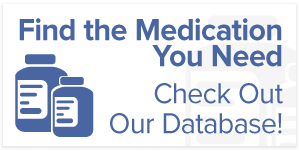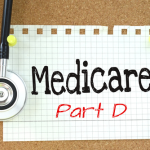What Is Transient Ischaemic Attack (Tia)?
A short interruption in blood flow to a portion of the brain results in a Transient Ischemic Attack (TIA), often known as a small stroke. An interruption in blood flow causes the brain to get less oxygen. This may result in abrupt stroke-like characteristics.
A stroke will inevitably arise in roughly 1 in 3 TIA patients, with around 50% happening within 12 months following the attack. A TIA might appear as a stroke red flag or a window of time to prevent one.
The signs of a stroke or Transient Ischemic Attack (TIA) must be recognized, mainly if you reside with or provide assistance for a member of a high-risk population, like older people or patients with high blood pressure or diabetes. Following are the possible causes, symptoms, and treatments of TIA so that you are fully aware of the signs and can prevent an actual stroke.
Symptoms of Transient Ischemic Attack (TIA)
TIA episodes are often brief. While sometimes the effects may linger a day, many symptoms and complications usually go away within an hour. TIA symptoms are similar to those seen initially in a stroke. A TIA can cause an abrupt onset of any of the symptoms listed below:
- One side of the face, legs, or arms gets numb, sensitive, or paralyzed.
- Slurring or muddling of speech or difficulties comprehending others.
- Blurred vision or loss of sight in either one or maybe both eyes.
- Dizziness, lack of balance, or disorientation.
You could experience many TIAs, and according to what brain part is affected, the recurring symptoms could be the same or different.
Causes of Transient Ischemic Attack (TIA)
A momentary blood flow interruption in a brain section causes TIAs. This blood flow blockage is usually due to a clot in the blood arteries of the brain that results in the majority of TIAs.
An atrial fibrillation-related cardiac rhythm irregularity can potentially bring on TIAs. It can cause blood clots to form that stray away from the cardiac vessels and get lodged in the blood arteries supplying the brain.
Poor nutrition, obesity, inactivity, heavy alcohol use, smoking, high cholesterol, atrial fibrillation, diabetes, and hypertension are some factors that might increase your risk of having a stroke or transient ischemic attack (TIA)
Treatment for Transient Ischemic Attack (TIA)
The treatment aims to address the problem and avoid a stroke after your physician has identified the TIA’s underlying cause. Your doctor may give medicine to lessen the propensity for blood clots, advise surgery or angioplasty, or all three, based on the grounds, nature, and severity of your TIA.
Following a TIA, doctors may prescribe many drugs to reduce the risk of stroke. The region, etiology, severity, and kind of TIA all influence the treatment choice, which can be pretty expensive, and you might need financial assistance to fill prescriptions.
Final Thoughts
The brain is the most vital organ in the human body; even minor ignorance of such symptoms can result in countless complications and expensive medical costs. The cost of health care is high everywhere, and as one’s health should come first, joining a prescription assistance program might be useful for those who struggle to pay for such pricey prescriptions.
There are many other prescription help programs available; we suggest Prescription Assistance Enrollment at Advocate My Meds because they provide a variety of medications they help with. Simply fill out the Prescription Assistance Form or check if you fit their eligibility criteria and let the organization do the job.







